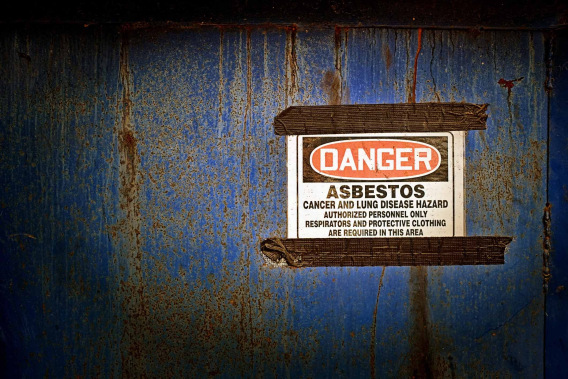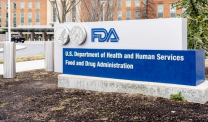Asbestos Ban Future Is Uncertain
Asbestos Exposure & BansWritten by Travis Rodgers | Edited by Walter Pacheco

The Environmental Protection Agency, now under the Trump administration, is reconsidering the former administration’s decision to ban the ongoing use of chrysotile asbestos. EPA officials asked an appeals court for a 30-month pause to evaluate whether it reverses the asbestos ban completely, parts of it or none of it.
Asbestos ban advocates, cancer survivors and the medical community say a potential reversal of the Biden administration’s 2024 ban of chrysotile asbestos is an outrageous decision that will put thousands of lives at risk to asbestos-related diseases such as mesothelioma and lung cancer.
“The EPA’s motion to delay and potentially reverse the 2024 Part 1 Chrysotile Asbestos Rule is deeply alarming. Every 13 minutes, someone in the U.S. dies from an asbestos-caused disease,” Linda Reinstein, president and co-founder of the Asbestos Disease Awareness Organization, an advocacy nonprofit, told The Mesothelioma Center. “If this ban is reversed, more Americans will be exposed, more families will suffer, and more lives will be lost — all because of the ongoing legal challenge to the rule.”
EPA Faces Legal Challenges From Industries
In October 2024, Olin Corporation, Ohio Chemistry Technology Council, American Chemistry Council, Texas Chemistry Council and Georgia Chemistry Council among others filed a court case challenging the EPA’s asbestos ban enacted in 2024.
Court documents show they called the EPA’s 2024 decision an “overbroad approach” to the Toxic Substances Control Act of 1976. That rule permits the EPA to restrict certain chemical and toxic minerals, including asbestos, with exceptions.
“EPA’s risk assessment failed to account for reasonably foreseeable conditions of use, and its choice of an outright ban on chrysotile asbestos followed an inadequate discussion of alternatives and was not necessary to mitigate unreasonable risk,” according to court case documents. “Under these interpretative principles, EPA exceeded its authority under TSCA and otherwise acted in an arbitrary fashion, and its Final Rule should be vacated.”
EPA officials in March 2024 announced “a ban of ongoing uses of chrysotile asbestos to protect people from lung cancer, mesothelioma, ovarian cancer, laryngeal cancer and other health problems caused by asbestos exposure.”
Mesothelioma is an asbestos-related cancer that primarily affects men who worked in blue-collar occupations and were regularly exposed to asbestos, such as construction workers, shipyard workers, and military personnel, particularly Navy veterans.
Chrysotile asbestos, also known as white asbestos, continues to be imported into the U.S., particularly for use in the chlor-alkali industry. According to ABC News, eight facilities in the U.S. used asbestos diaphragms in the chlor-alkali sector to produce chlorine and sodium hydroxide as water disinfectants.
Under the asbestos ban now on hold, companies would be given a phase-out period of up to 12 years, allowing them to continue using asbestos in manufacturing during that time.
Asbestos Ban Failed in 1989
In 1989, the EPA’s Asbestos Ban and Phase-Out Rule would have banned the production, importation and sale of asbestos products. However, the Fifth Circuit Court of Appeals overturned the ban in October 1991 following an industry-backed lawsuit. At that time, the court said the EPA failed to show the ban was the “least burdensome alternative” to regulating asbestos.
Other acts have attempted to ban asbestos, including the Asbestos Ban and Phase-Out Rule, the Ban Asbestos in America Act, the Bruce Vento Ban Asbestos and Prevent Mesothelioma Act and the Alan Reinstein Ban Asbestos Now Act, which is named after Linda Reinstein’s husband who was diagnosed with mesothelioma in 2003 and died of the disease in 2006.
In an ADAO press release, Reinstein said the EPA’s decision to reconsider the ban, “is a serious setback for public health that creates more unnecessary chaos and confusion.”
“EPA’s request for more time signals that the Part 1 Chrysotile Rule may face the same fate as the 1989 ban — another example of failed public health policy,” Reinstein said. “We urgently need Congress to pass the Alan Reinstein Ban Asbestos Now (ARBAN) Act to ban all asbestos fibers in all uses. Reversing course isn’t just irresponsible — it’s deadly.”






